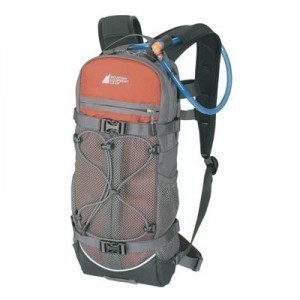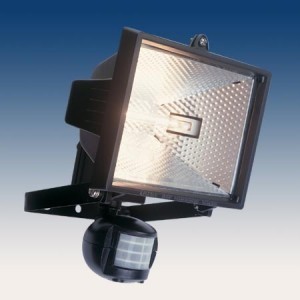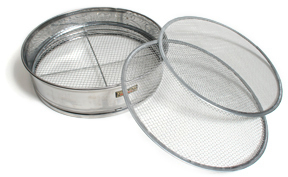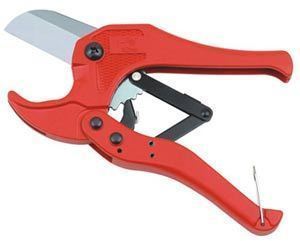How Much Water Can a Hydration Pack Hold?
The hydration pack capacity is measured in liters or oz. The water capacities vary. Some of the most common sizes are from 60 to 200 oz. There are of course packs with capacities bigger than these.
Overview
These packs have a bladder. This is filled with water. The bladder bottom is joined to a hose which can be put over the shoulder. The bit valve is fastened so the person can sip without having to take off the pack.
Features
A fully furnished system will have all the required tubing and valves. They will also have a fluid reservoir and the pack where the reservoir will be carried. The oldest packs do not come with hoses. Some do not even have backpacks.
Even then, the hydration pack capacity varied greatly. The oldest packs consisted of bladders that could be put inside a backpack. It was only much later when the packs with hoses and shoulder straps were invented.
The bite valve came out sometime after the hose were invented. The early valves leaked often. This problem no longer affects modern valves. They now have a shut-off feature included so there are no leaks.
Cleaning and Durability
The bladders have to be cleaned regularly as they can get moldy. If you put sports and flavored drinks in the bladder, it might leave some taste behind.
The older versions were susceptible to bursting. That is no longer the case because materials used for today’s bladders are different. They are also more robustly built.
Development
The packs have evolved quickly. The early models have a single sleeve to keep the bladder. But now there are packs that can store other objects such as car keys.
Some can even hold sleeping bags or bicycle tubes. All these features have turned it into a must-have for bikers. For hikers, the hydration pack capacity means easy access to drinks. Athletes also find them very convenient.
Other Information
If you are going to use the pack extensively, look for one that is simple and durable. In terms of size, 70 oz is sufficient for long distance bicycle treks. However, you also have to consider how much weight you are willing and able to carry.
Remember that the pack must be easy to clean. It should have enough room to store other equipment and have reflector strips. The latter is necessary for improving visibility in low-lit areas. A side zipper is also necessary.





